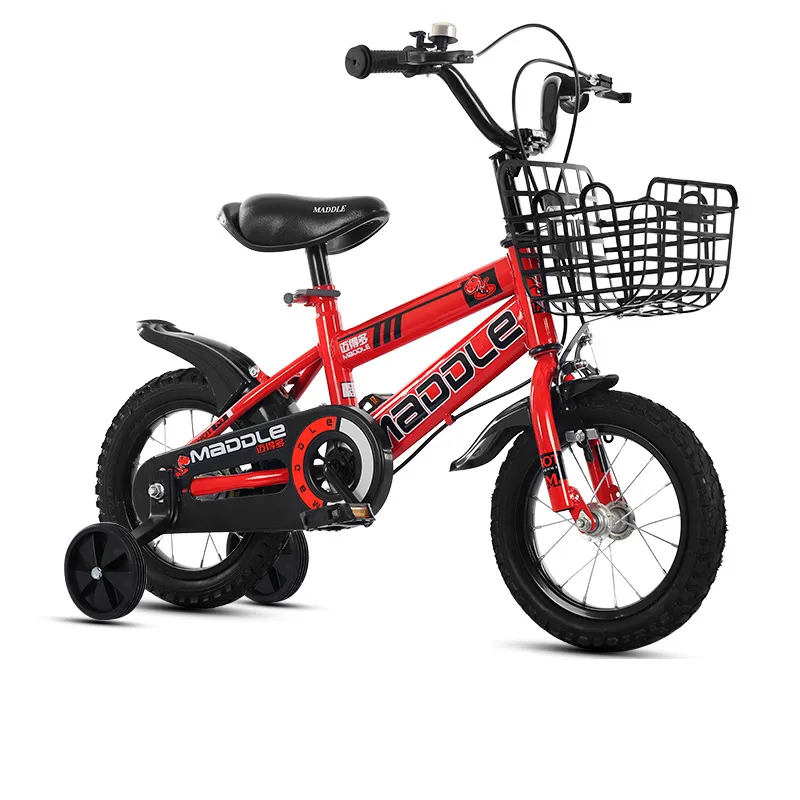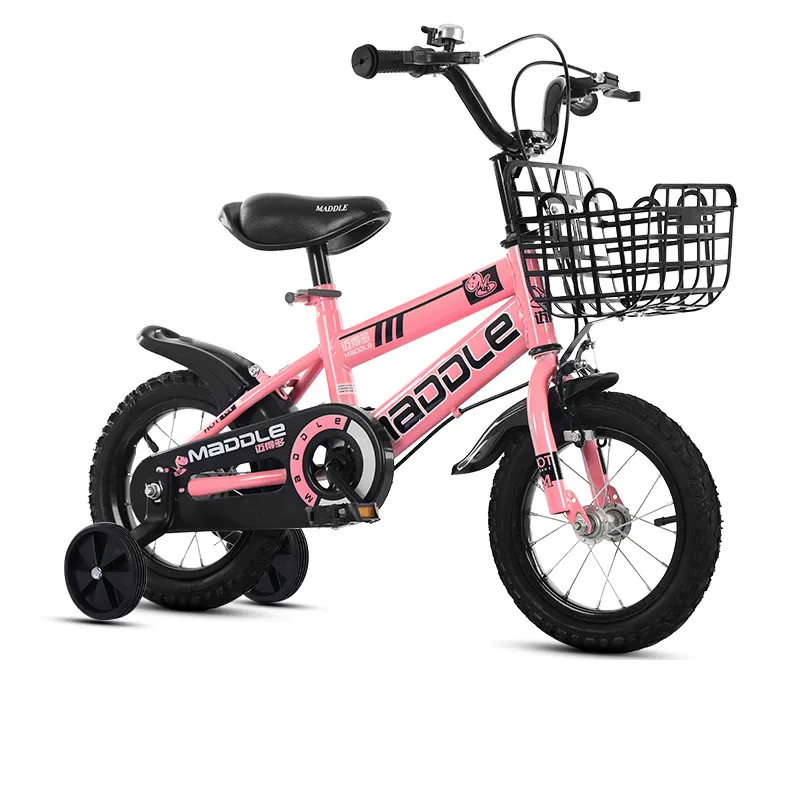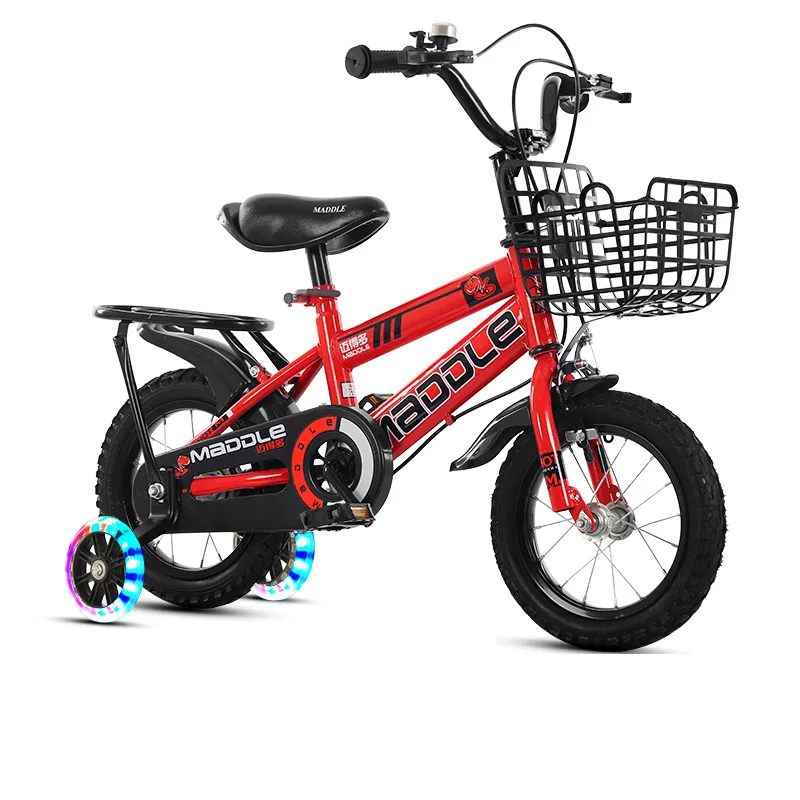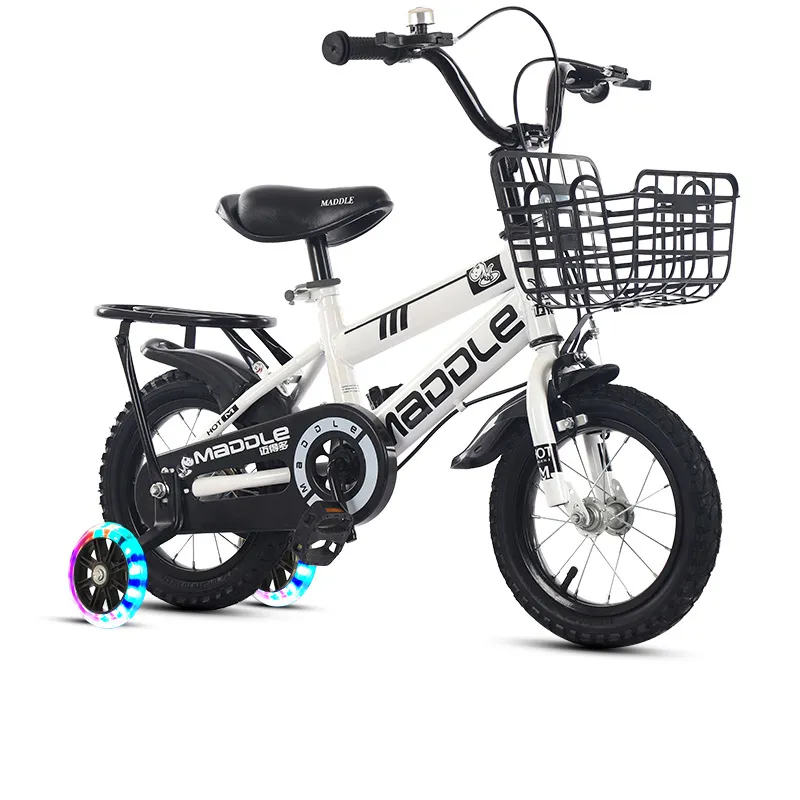12-20 Inch Children's Bicycles with Auxiliary Wheels?
Hands-on Look: Lightweight Kids’ Bikes With Training Wheels (12–20 inch)
If you’ve been hunting for a first “real” bike that’s not toy-grade, the Children's Bicycles Small Medium and Large With Auxiliary Wheels Can Be Ridden on a 12-20 Inch Lightweight Baby Bike keeps popping up in buyer chats and dealer showrooms. I visited the factory cluster in Dongmiao Industrial Zone, Hegumiao Town, Pingxiang County, Xingtai, Hebei — and, to be honest, the production discipline surprised me in a good way.

What’s Trending in Kids’ Bikes
- Safety-first geometry and tri-point stability with auxiliary wheels (anti-rollover).
- High-carbon steel frames for durability; sealed or smooth bearings to reduce maintenance.
- Adjustability: tool-lite seat post clamps and ergonomic saddles that actually fit small riders.
- Grippy, large-particle tread tires that behave on park paths and school runs.

Key Specs (real-world focused)
| Size | Rider Height ≈ | Seat Range | Weight ≈ | Max Load | Brakes | Tires |
|---|---|---|---|---|---|---|
| 12" | 85–102 cm | 43–54 cm | ≈ 7.8 kg | 40 kg | Rear coaster + front caliper | 2.125" anti-skid |
| 14" | 95–112 cm | 47–58 cm | ≈ 8.2 kg | 45 kg | Same as above | 2.125" large-particle |
| 16/18" | 105–130 cm | 50–64 cm | ≈ 8.8–9.5 kg | 60 kg | Dual V-brake option | 2.125–2.25" |
| 20" (market opt.) | 120–140 cm | 58–72 cm | ≈ 10.2 kg | 70 kg | Dual V-brake | All-terrain |
Frame: high-carbon steel, thickened; chain: reinforced; bearings: smooth type; finish: powder coat; colors: blue/red/white/pink. Training wheels: safety-grade with tri-point stability.

Manufacturing and Testing (why it feels solid)
- Materials: high-carbon steel (TIG-welded), PP/TPR grips, PU ergonomic saddle.
- Methods: phosphate pretreatment → electrostatic powder coating → low-temp bake.
- Testing: frame fatigue ≥ 50,000 cycles; brake dry stop ≤ 4.0 m from 15 km/h; salt-spray on small parts ≥ 96 h; drop test 30 cm (no structural crack).
- Compliance-ready: ISO 8098 and CPSC 16 CFR Part 1512 targets; paints meet EN 71-3 (Pb/Cd limits), real-world use may vary by market.
- Service life: around 5–7 years with normal maintenance.

Where it fits
Sidewalk practice, park loops, school commute, and beginner skills sessions. Many parents tell me the auxiliary wheels are quiet and the saddle stays comfy beyond the first growth spurt.
Vendor Snapshot: who does it best?
| Vendor | Origin | Certs (typ.) | MOQ | Lead Time | Customization |
|---|---|---|---|---|---|
| DH Electric Kidcar | Xingtai, Hebei, CN | ISO 9001; ISO 8098-ready | ≈ 100 pcs | 25–35 days | Colors, decals, brake spec |
| Vendor A | VN | EN 71-3 | ≈ 200 pcs | 35–45 days | Limited palette |
| Vendor B | EU | ISO 4210 lab report | ≈ 50 pcs | 15–25 days | OEM/Private label |

Customization and Industries Served
Options: branding decals, colorways (blue/red/white/pink), brake configs (coaster/V-brake), tire treads, gift packaging. Industries: retail chains, e‑commerce bundles, rental parks, school/community programs.
Field Notes and Mini Case Studies
- Parent A (UK): “Swapped from 14 to 16 inch in a year; the Children's Bicycles Small Medium and Large With Auxiliary Wheels Can Be Ridden on a 12-20 Inch Lightweight Baby Bike kept the bearings smooth and the paint intact.”
- Shop Owner (ME region): “Brake tuning out of box was minimal; we like the strengthened chain and stable training wheels.”

Why pick it
Comfortable saddle, sensitive braking, anti-skid tires, and a strengthened frame — plus the adjustable setup that grows with the rider. Actually, that adjustability is what keeps resale high, I guess.
Certs, Safety, and Data Points
- Target standards: CPSC 16 CFR Part 1512 (US), ISO 8098 (children’s bikes), ISO 4210 parts (components), EN 71-3 for coatings.
- Factory QA: torque audit on stem/axle, brake force test ≥ 50 N lever, spoke tension check.
- Helmet reminder: risk reduction is dramatic when paired with a certified helmet.
Authoritative references
- U.S. CPSC, 16 CFR Part 1512—Requirements for Bicycles: https://www.ecfr.gov/current/title-16/chapter-II/subchapter-C/part-1512
- ISO 8098:2014—Safety requirements for bicycles for young children: https://www.iso.org/standard/44769.html
- ISO 4210 series—Safety requirements for bicycles: https://www.iso.org/standard/72060.html
- EN 71-3—Migration of certain elements: https://standards.cen.eu/
- CDC—Bicycle Helmet Safety: https://www.cdc.gov/transportationsafety/bicycle/index.html
-
Fashion 12/14/16 Inch Kids Bike Boys & Girls Factory PriceNewsNov.17,2025
-
Kids Bicycle: Road & Mountain, Safe Brakes, Factory PriceNewsNov.17,2025
-
Balancing Scooter for Sale | Safe, 2-Wheel, Factory DirectNewsNov.17,2025
-
Unique Children Bicycle 12-20 Inch, Safe Bike w/ Aux WheelsNewsNov.17,2025
-
Kids Bike Magnesium Alloy Folding Disc Brakes Gears 18-24inNewsNov.17,2025
-
Children's Ride On Electric Cars | Safe Remote-Control FunNewsNov.11,2025
